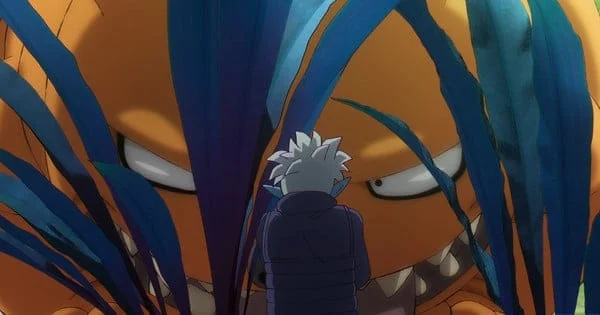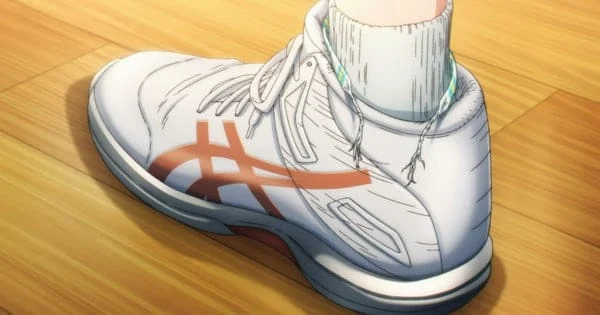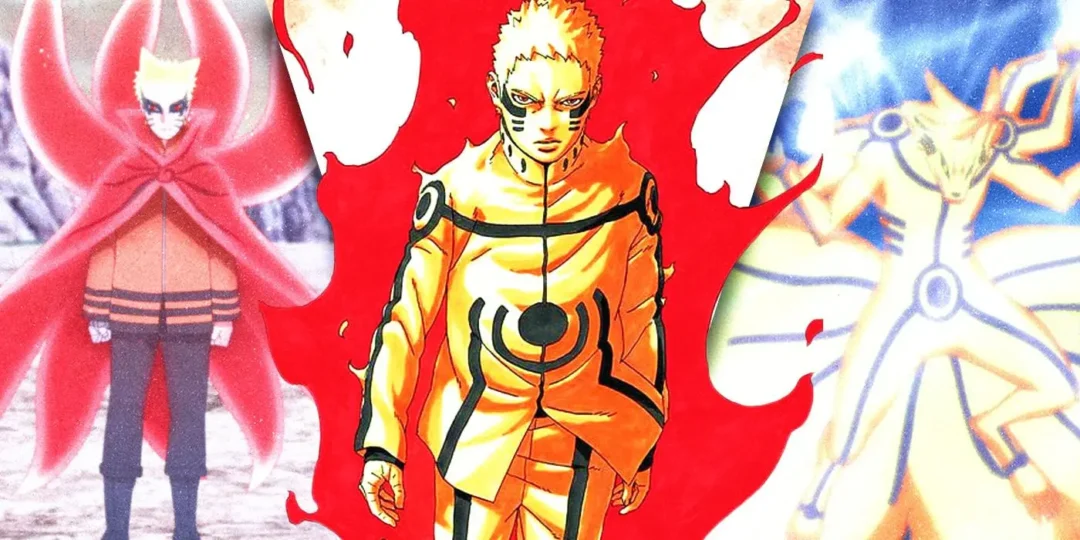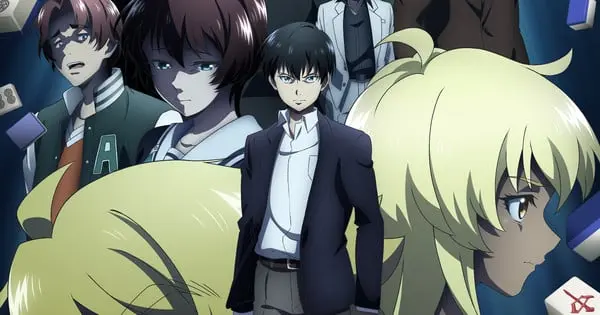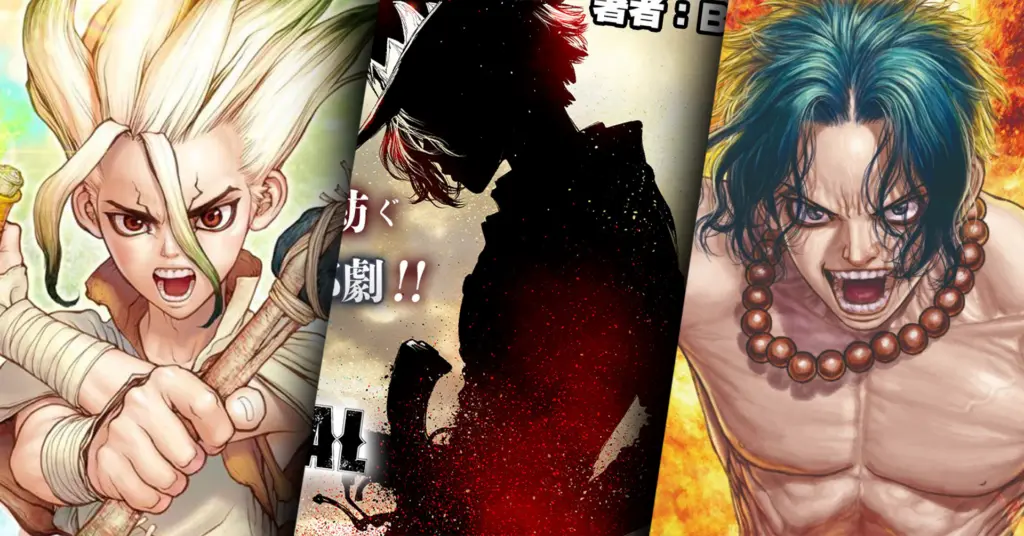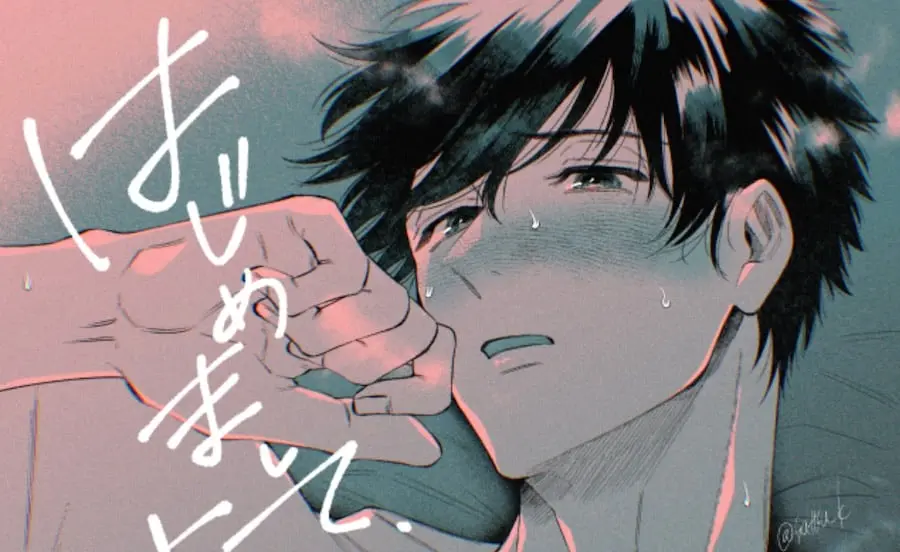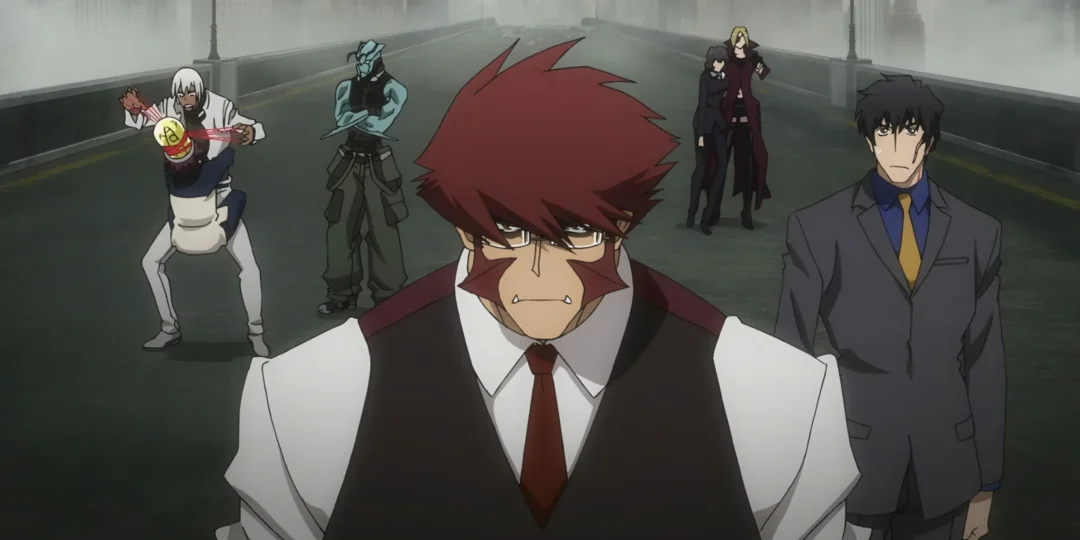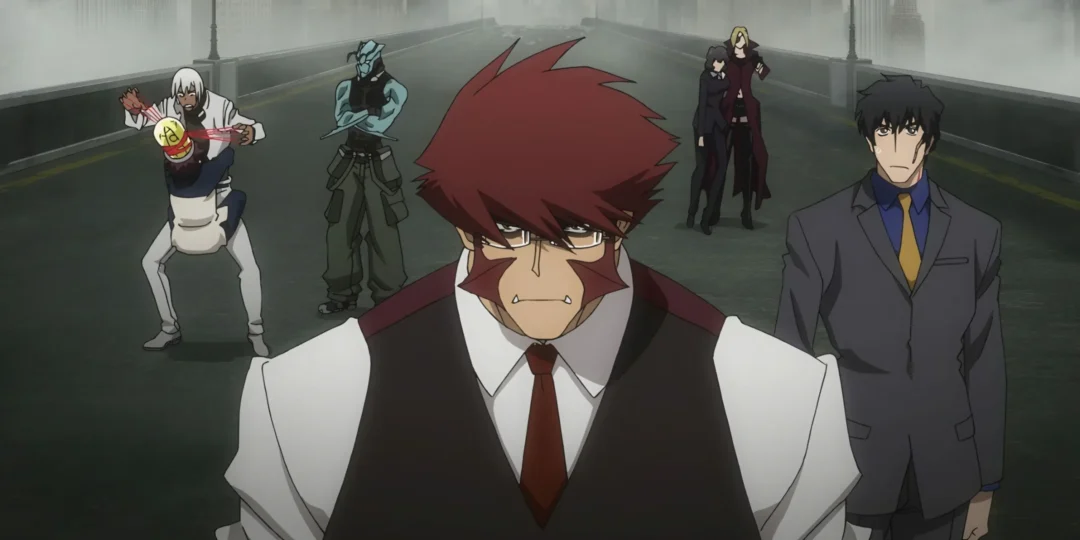Manga artists have recently found themselves in a bizarre situation: discovering unauthorized, de-censored versions of their work online, which often go far beyond the original content’s intended boundaries. This unexpected twist in the ongoing battle against manga piracy has left some creators amused, others concerned, and many pondering the implications for their art and the industry.
A Shocking Discovery: When Fan Edits Go Wild
The issue came to light when BL (Boy’s Love) mangaka Sattsu Kida shared their experience of finding a pirated version of their manga with significantly enhanced features. The characters in these unauthorized copies had been redrawn and exaggerated to such an extent that even Kida was taken aback by the explicit nature of the alterations.
Other manga artists have also reported similar occurrences. One artist, Hasu, described the de-censoring as incredibly detailed, noting they thought the pirates had somehow removed the white-out used for censorship in the original panels. These incidents highlight a peculiar form of piracy where the original work is not just copied but also actively modified, sometimes drastically.
The Intricacies of Manga Censorship
Censorship in manga is a complex issue. It often involves strategically placed white areas, blurring, or other techniques to obscure explicit content. These measures are sometimes implemented to comply with local regulations or publishing guidelines.
However, the removal of such censorship by pirates opens a can of worms. It raises questions about artistic integrity, the potential for misinterpretation of the work, and the legal and ethical boundaries surrounding modifications of creative content. While some may view de-censoring as a form of creative expression or a harmless fan activity, manga artists and publishers see it as a blatant violation of their copyright and artistic vision.
Piracy: An Enduring Threat to Manga
This de-censoring trend is just one facet of the larger issue of manga piracy, which remains a persistent challenge for the industry. Unauthorized sharing and reproduction of manga online hurts creators financially, and undermines the entire ecosystem of manga production. The problem has become so severe that some industry groups fear that the manga industry could “eventually perish” if piracy is not controlled.
Piracy is not a new issue, and the Japanese government has been working to combat it. A recent initiative involves the development of an AI-powered detection system, with the aim of identifying and removing pirated content more efficiently. This system is designed to learn the characteristics of pirated sites and the content published by rights holders, allowing for easier removal of illegal material.
The Financial Impact
The financial losses due to manga piracy are substantial. In 2023, it is estimated that Japanese publishers lost approximately $3.5 billion due to online piracy. This enormous figure underscores the serious threat that piracy poses to manga creators and publishers. It reduces revenues, stifles the creation of new content, and destabilizes the manga industry overall.
Government Measures and Legal Challenges
The Japanese government has implemented various measures to combat piracy. These include blocking access to websites that host pirated manga and working closely with industry stakeholders to develop effective anti-piracy strategies. However, these measures have also faced some criticism, with some arguing that blocking websites could violate constitutional rights related to free speech and censorship.
The Artist’s Perspective
While the uncensored nature of these pirated copies may be shocking, many manga artists have shown a mix of surprise and amusement. The absurdity of some edits often leads to laughter, albeit tinged with a recognition of the underlying problem of piracy.
The modifications can also be jarring for artists who have carefully crafted their work and carefully considered what and how much to show. When their art is changed without permission, it can feel like a personal violation. The creation of manga involves not just the visual art, but also writing, storytelling, and character development, which can all be impacted by these unofficial modifications.
Fan Reactions
Fan reactions are varied. Some fans may find uncensored versions appealing, particularly if they are outside of Japan, where manga is often censored for local consumption. Others, however, have emphasized the importance of supporting the official releases, both to respect the artist’s work and ensure they continue to create new material.
The Quality Issue
It’s worth noting that beyond the censorship debate, pirated scans are often of lower quality than official releases. Fan scans are created by individuals who scan the physical manga, and have to edit the pages to remove any imperfections. This process often involves enhancing contrast and can result in a darker and muddier image with less detail. Additionally, the translations in fan-scans are sometimes inaccurate.
The Future of Manga and the Fight Against Piracy
The battle against manga piracy is an ongoing process that needs a multi-pronged approach. It involves legal enforcement, technological solutions, and collaborative efforts among creators, publishers, and the government. There’s an ongoing need for education about the importance of supporting official releases and understanding the harm caused by piracy.
AI’s Role
The implementation of AI-powered detection systems is a significant step forward. This technology can help automate the process of finding and removing pirated content, making it more efficient to manage the sheer volume of material online.
Collaboration is Key
Collaboration between content creators, distributors, and technology firms is essential for creating comprehensive strategies to protect intellectual property and ensure that manga content is available through legitimate means. This effort also helps to ensure that the rights of artists are respected, and that they are fairly compensated for their work.
The Importance of Official Releases
Ultimately, supporting official manga releases is key to ensuring that the industry thrives. By purchasing manga through official channels, fans are directly supporting the creators and contributing to the continued production of new manga. Official releases offer the best quality of art, accurate translations, and the ability to experience the manga as the artist intended.
In conclusion, the discovery of de-censored pirate manga copies adds a new dimension to the complex world of manga piracy. It highlights the constant challenges that manga creators face and underscores the importance of finding effective solutions to protect the integrity and future of this unique art form. While the situation has led to some amusing anecdotes, the larger problem of piracy is something the industry must continue to address to maintain its vibrancy and success.

